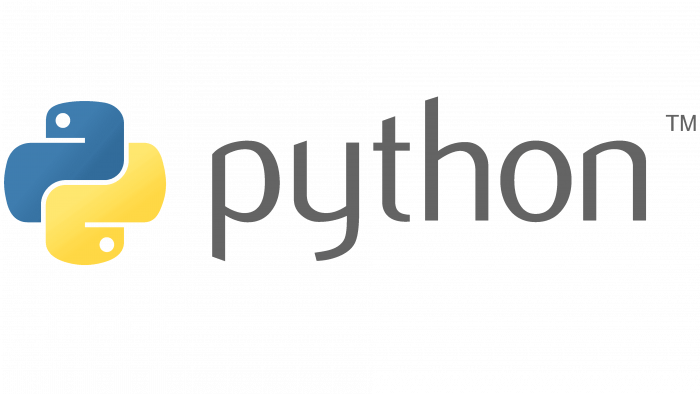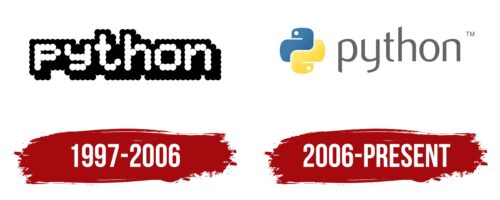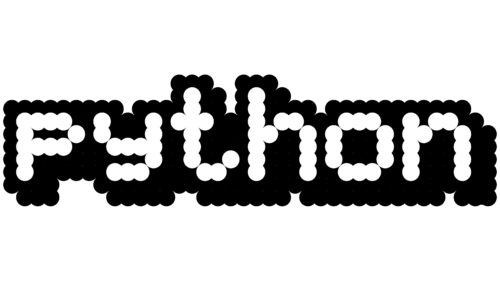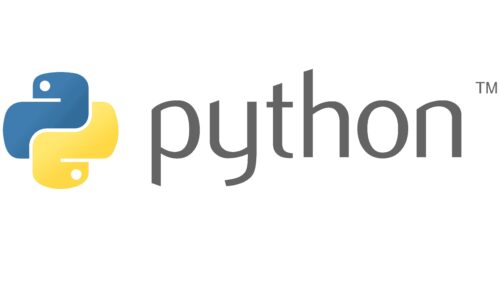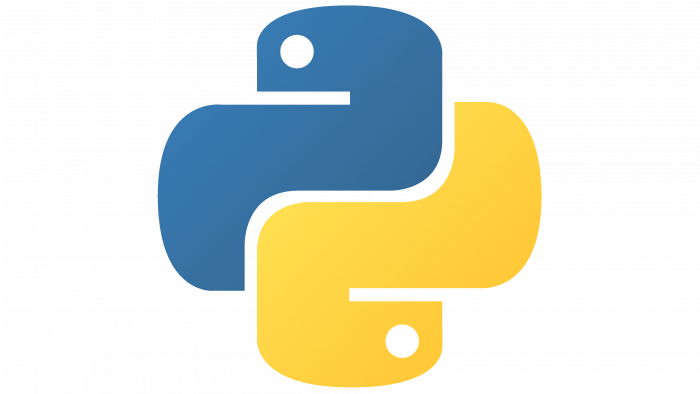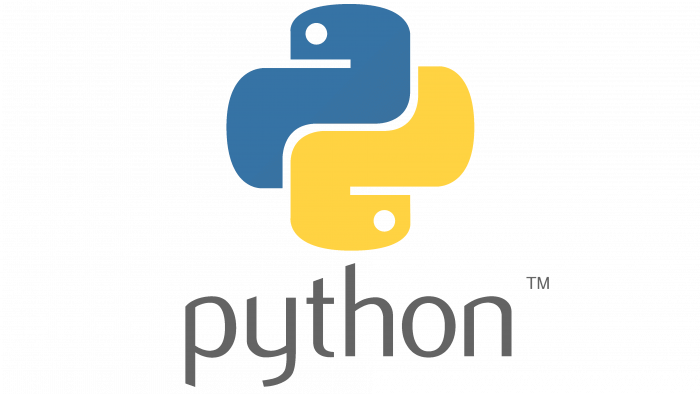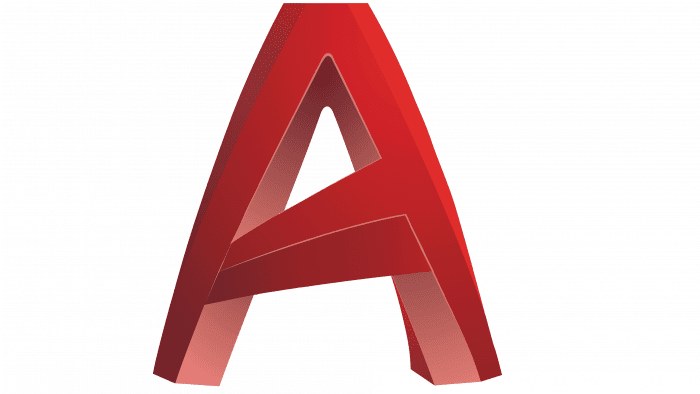The emblem declares that you must speak the same language to understand each other. This is the Python programming language. It helps to form a bright image on the screen. The Python logo demonstrates the string of symbols and commands behind what the user sees.
Python: Brand overview
Python is a cross-platform, interpreted programming language with strong dynamic typing, garbage collection, and automatic memory management. It belongs to the highest rank of digital development, but at the same time, it is intended to facilitate the tasks of computer scientists. The system allows you to write logical and clear code for small and large projects. Dutch specialist Guido van Rossum created it. The product was first launched in 1991, although the author began working on it in the 1980s, based on the ABC programming language. Today, it is owned by the Python Software Foundation.
There are several intermediate versions of this computer language because, after the release of the first version and approval from the users, detailed work on it began. It was mainly concerned with improving interaction with the product and improving it, so several options were launched in 2008, 2020, and 2021
Meaning and History
Oddly enough, the name of the Python programming language has absolutely nothing to do with the representative of the reptile world. It is based on a television comedy show that appeared in the UK in the 1970s. Guido van Rossum was a fan of Monty Python’s Flying Circus sketch series, so he named his development after the Monty Python comic group that created it. Moreover, the TV show had a definite connection with the world of computer technology.
However, few people know the transmission, so it was decided to link the programming language with a snake. As a result, two python heads appeared on the pictogram, although until 2006, another logo was used – a text consisting of perforated letters with black shadows. Perforation indicated that it was a computer product since some computers produced information as perforated tape at the dawn of the digital era. Black shadows on the bottom and right sides have been added to make the lettering more voluminous and easy to read.
What is Python?
Python is one of the most in-demand programming languages and has been ranked number one in the TIOBE rankings many times. Its popularity is due to its relative simplicity. It is used for game creation, web development, data analysis, and more.
1997 – 2006
The Python logo looks like a perforated tape used in the early days of electronic computers. It emphasizes the connection with the computer sphere, in particular with programming. The brand name consists of perforated letters that use large white dots instead of straight lines. The inscription has similar shadows formed from many small balls. This background makes the text three-dimensional. All letters are in lowercase.
2006 – today
The main symbol of identity consists of two snakeheads created by Designer Tim Parkin. Even after the logo’s appearance, it is still used unchanged, as it gives a clear idea of the product and is an instantly recognizable sign. The modernization touched upon minor details and almost did not affect the usual identity.
The emblem features two large reptiles of different colors. They have powerful heads and short bodies and point in opposite directions. The yellow snake “crawls” down and looks to the right, while the blue one’s path leads up, and its head is turned to the left. A thin white stripe between the pythons forms a small free space.
The heads have even geometric lines and precise angles, so the reptile’s nose is absent—it is blunt and chopped off. There is only a clear line of the neck and eyes in the form of a white ball, which gives the impression that a snake is gazing intently with an unblinking gaze. The structure of the arrangement of the bodies enhances the feeling of hypnosis: they repeat the ornament from the ancient drawings of the Mayan civilization.
Python: Interesting Facts
Guido van Rossum, introducing Python in 1991, created a programming language recognized for its straightforward syntax and ease of comprehension, appealing to both novices and seasoned developers.
- Origins of the Name: Python draws inspiration from “Monty Python’s Flying Circus,” a British comedy show rather than the reptile. While developing Python, van Rossum was influenced by the humor and uniqueness of the show’s name, aiming for something short and memorable.
- Diverse Applications: Python is celebrated for its flexibility. It finds applications in web development, data analysis, artificial intelligence, and scientific computing, to name a few. Its straightforward syntax supports rapid development, making it a preferred choice across the startup ecosystem and established enterprises.
- The Zen of Python: Python embraces 19 core principles for coding, encapsulated in “The Zen of Python” (PEP 20). These include maxims like “Beautiful is better than ugly” and “Readability counts,” which guide programmers towards best practices.
- Growing Popularity: Python has become one of the most favored programming languages globally, thanks to its accessibility and broad applicability.
- Extensive Standard Library: One of Python’s strengths is its extensive standard library, which offers ready-to-use modules and packages for various needs, such as web services, file operations, and system interfaces. This library facilitates a “batteries included” approach.
- Indentation Syntax: Python uniquely uses indentation to delimit code blocks, enhancing code readability and visual neatness.
- Dynamic Typing: Python allows for dynamic variable typing, simplifying coding but necessitating thorough testing to prevent runtime errors.
- Rich Third-party Modules: The Python Package Index (PyPI) houses an expansive collection of third-party modules, significantly extending Python’s functionality in numerous domains.
- Support for Multiple Paradigms: Python is adaptable to multiple programming paradigms, including procedural, object-oriented, and functional programming, catering to varied programming preferences.
- Python 2 vs. Python 3: The shift from Python 2 to Python 3 marked a pivotal moment in Python’s history. Python 3 brought numerous improvements and marked the end of Python 2’s lifecycle in 2020.
Python’s design principle prioritizes code legibility and simplicity, positioning it as an excellent choice for beginners, while its comprehensive libraries and frameworks meet the complex requirements of experienced developers.
Font and Colors
The text on the emblem is executed in thin, grotesque lowercase letters. It is characterized by trimming at the ends: “t” and “h” have beveled upper parts, and “p” and “y” have lower parts. It is a Flux Regular font designed by designer Monib Mahdavi and first published by T-26.
The official logo palette consists of yellow and blue. The background is neutral white, and the inscription is gray.
FAQ
Is the Python logo copyrighted?
The PSF logo is copyrighted and trademarked. This protects the logo and its various versions from being used without permission, ensuring they are not copied or misrepresented. The PSF sets guidelines for using its logo and sometimes requires permission depending on how it is used. The brand owns trademarks for terms such as “PyCon,” the annual meeting of programmers.
What does the Python icon mean?
The badge features a snake coiled around the letter “P.” This snake symbolizes the flexibility and strength of the programming language. The name itself inspired the snake design. These features are central to the philosophy, aiming to make the language easy to use and read. This design helps new and experienced programmers and conveys the brand’s capabilities and importance to programmers everywhere.
Why is Python a symbol of a snake?
The programming language’s logo contains a snake because of its name. Guido van Rossum, the language’s creator, named it after the British comedy series Monty Python’s Flying Circus. Although the series inspired the name, the snake image fits well because it matches the title. The snake logo helps it stand out and recalls its fun and quirky origins, showing the language’s friendly and welcoming nature.
Can I use the Python logo?
You can use the logo without permission for non-commercial purposes, such as on packaging, websites, or brochures, as the logo and associated images are not registered for such use. If you wish to use the logo for commercial purposes, contact PSF. They control the use of the logo and ensure it reflects the values and image of the brand. Obtaining permission is important to avoid legal issues and respect the rights of the brand.
Who created the Python logo?
The logo was designed by Guido van Rossum, a well-known Dutch programmer who developed and named the Python programming language. Van Rossum graduated from the University of Amsterdam and has worked with large technology companies such as Google and Dropbox Inc.
How do you make a Python logo in Python?
You can create a logo using the turtle library, which is part of the standard drawing tools. This library allows you to draw and color shapes resembling the logo’s two snakes.
Here’s an easy way to get started:
- Import the Turtle library: This allows you to draw on the canvas.
- Draw the snakes: Use the turtle functions to construct the shapes of two snakes, defining their bodies with points and curves.
- Color the shapes: The snakes should be colored in the logo’s typical blue and yellow. In the turtle library, you can use color names or hex codes.
- Arrange the shapes: The snakes appear intertwined, like the actual logo.
These are basic steps, but you can refine the design with more detailed graphics commands for a more precise logo. If you need more control over the drawing for a better logo look, consider exploring other graphics libraries, such as Pygame or PIL, which offer advanced features for graphics programming.
